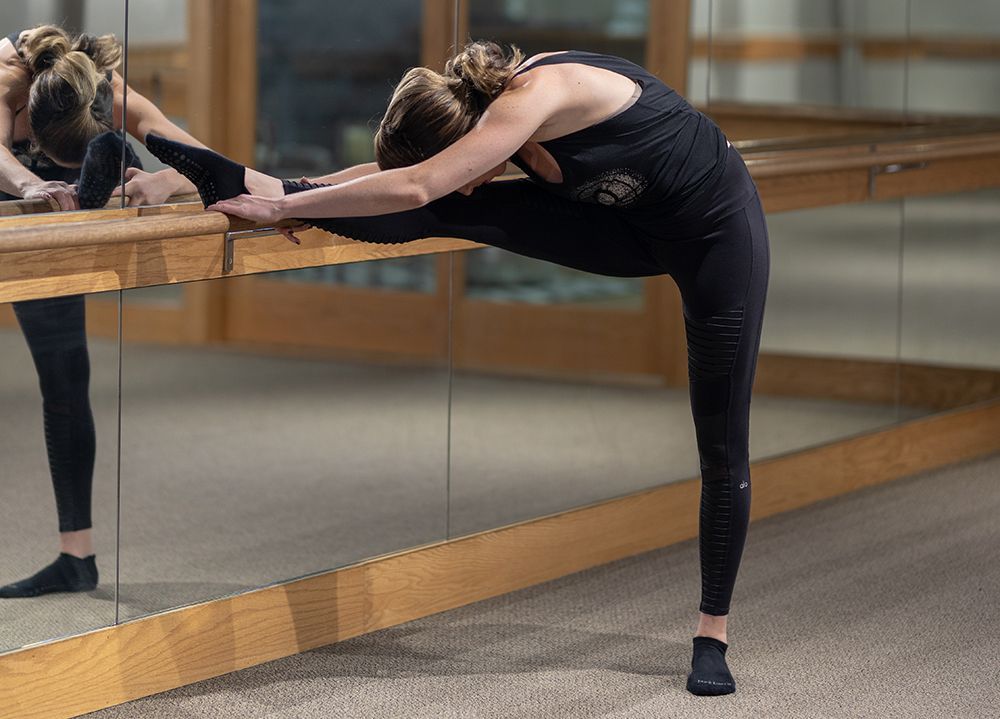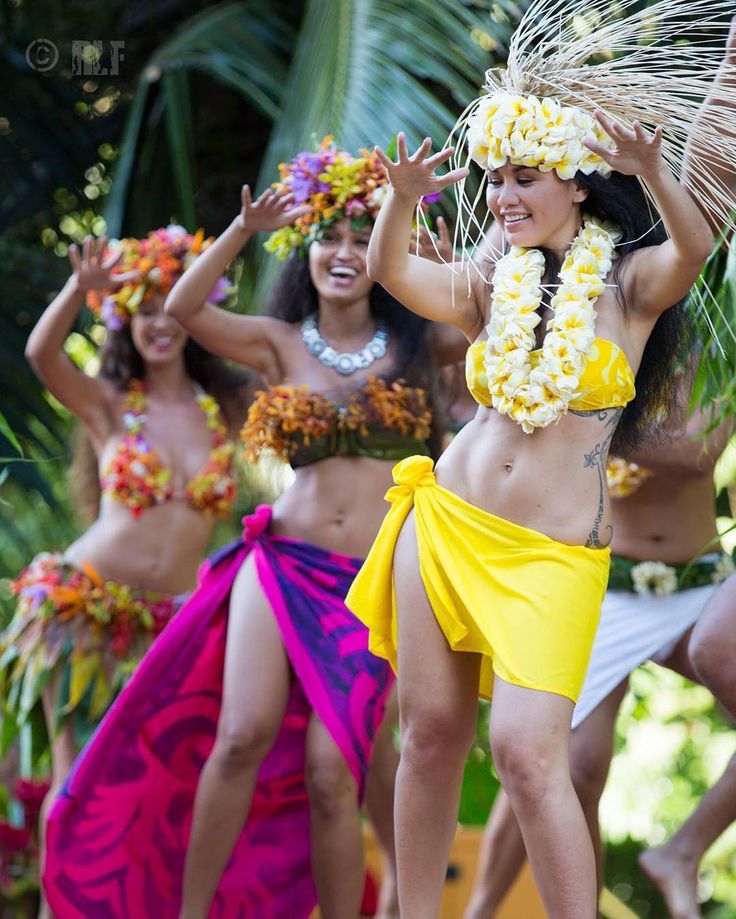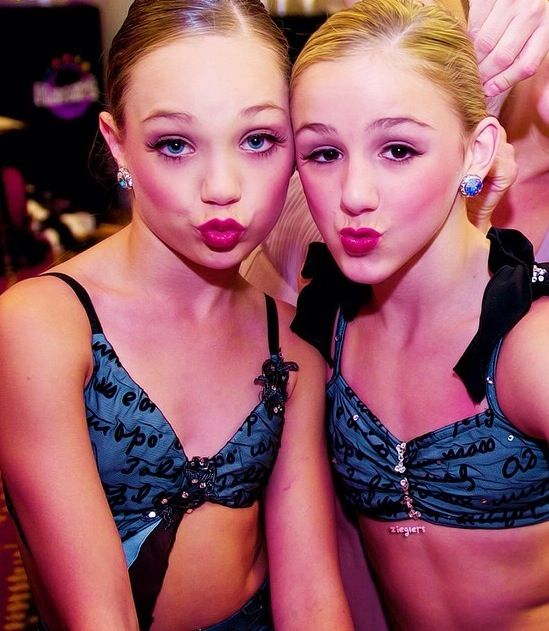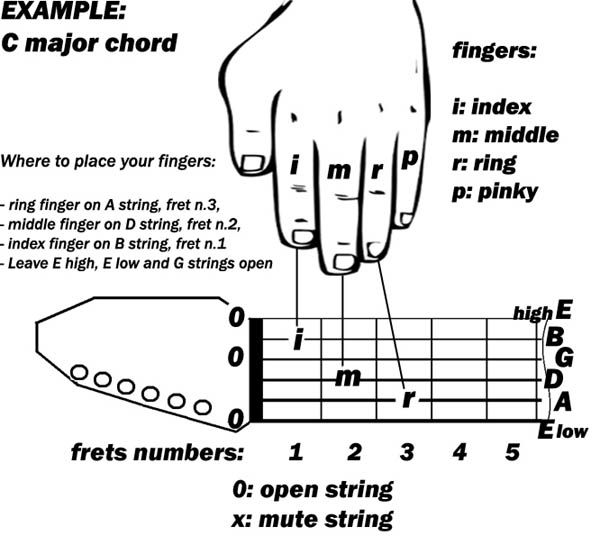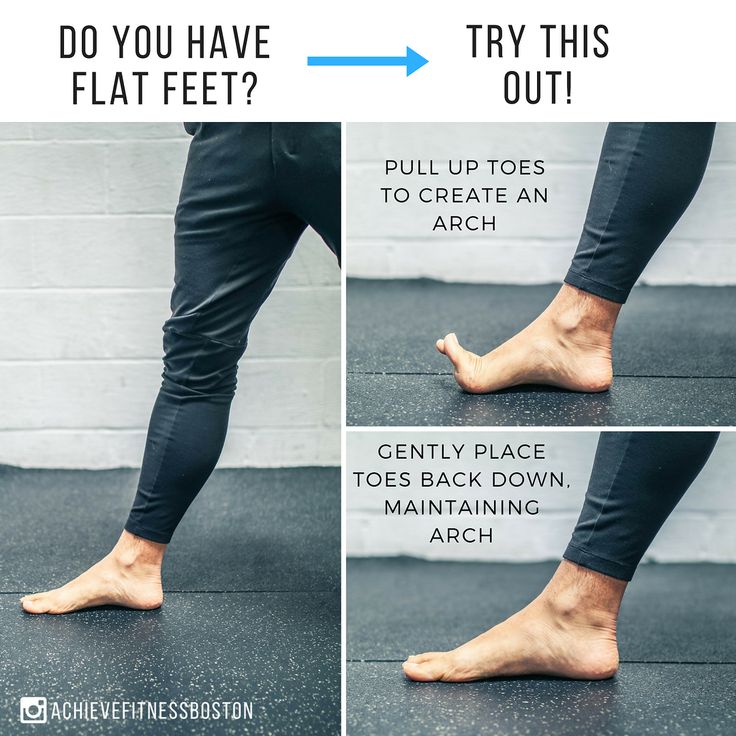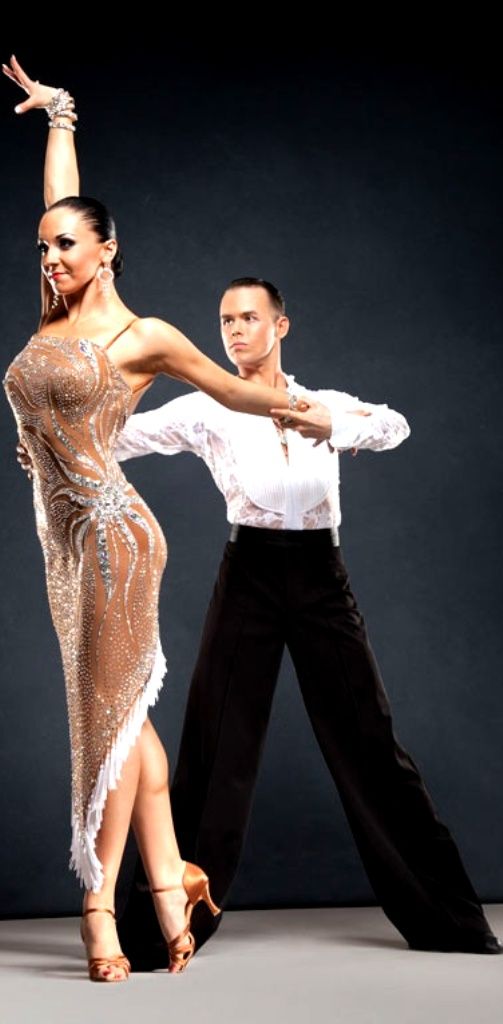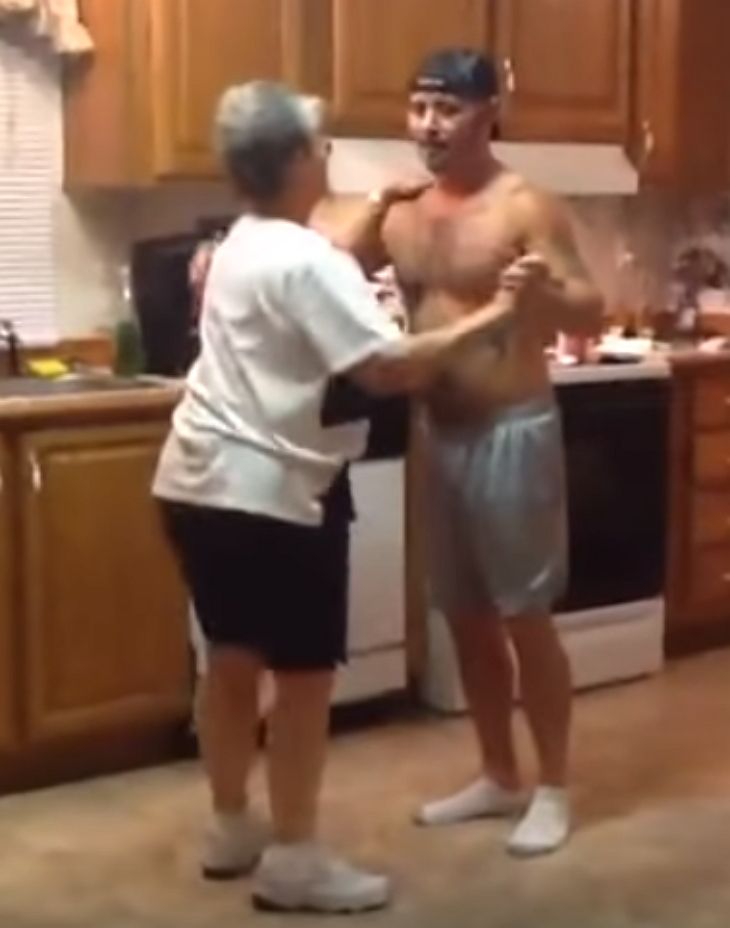How to do the punta dance
Punta Dance - World-wide Dances
History
In their culture, the people refer to themselves as both Garinagu and Garifuna, with Garifuna mainly pertaining to their culture, music, and dance rather than using it to identify their people. There are a variety of possible origins of the punta's intended meaning for the Garifuna dance and music it represents. The word punta is a Latinization of an ancient West African rhythm called bunda, or "buttocks" in the Mandé language. The punta dance is also known by the name kuliao, from Spanish culeado. Another possibility refers to punta in the Spanish meaning "from point to point", referring to the tips of one's toes or to the movement from place to place.
The Punta dance is performed by a man and a woman who evolve separately in a circle formed by the spectators. They begin facing each other and the figure varies with the ingenuity of the dancers, but always represents the evolution of a courtship in which first the man pursues, and then the woman, while the other retreats; and ends only when one of them, from exhaustion or from lack of further initiative, admits defeat by retiring from the ring, to have his or her place immediately taken by another. Punta dance is a mimetic cock-and-hen mating dance with rapid movements of the buttocks, hips, and feet, while the upper torso remains motionless. Couples attempt to dance more stylistically and seductively, with better hip movements, than their competitors. As the evening progresses, the Punta became extremely “hot”; while the spectators egged on their favorites with cries of: mígira-ba labu, “don't leave (off) under him!” or: mígira-ba tabu, “don't leave (off) under her!” which has the same effect as, “don't let him (or her) beat you!”
Over time due to their difficult history, music and dance became a way to explain their daily lives and surroundings, a vehicle to communicate Garifuna struggles and ideas, and an antidote to celebrate life and release Garifuna pain. "While punta the song form symbolizes the retention of culture through music, punta the dance form symbolizes the continuity of life." The basic dance appeals across lines of gender and age, whether it is expressed in its original, more conservative manner with gentle swaying hips that imply sexual desire, or the more aggressive, provocative manner that emulates sex.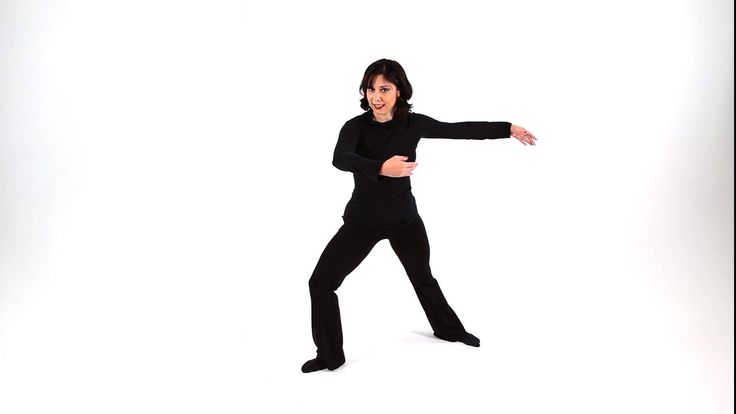 The constantly pulsating rhythms represent the most direct and physical form of intimacy, which attracts people of various ethnicities as well.
The constantly pulsating rhythms represent the most direct and physical form of intimacy, which attracts people of various ethnicities as well.
Punta rituals have been observed on holidays such as Christmas Eve and New Year's Day by anthropologist Cynthia Chamberlain Bianchi during her study in the late 1970s-mid 1980s. More commonly were the religious or ancestral rituals, as those seen on the ninth-night wakes by anthropologist Nancie Gonzales during her fieldwork in Central America. If a death occurred at night, then the wake would begin early the next morning and continue all day, ending with a burial in the late afternoon. However, if the death were during the day, an all-night wake would ensue with people coming and going throughout, with prayers and drinking being a familiar sight. Punta dancing can be considered a salient feature of the all-night watches and was mandatory for many participants. Gonzales reflected on her work and other anthropologists', such as Virginia Kearns, concluding that similar evidence has been found in Belize, as well as her own in Honduras, that most punta dancing and story telling was kept until the ninth-night wake, rather than included at any time.
Punta music is well known for its call and response patterns and rhythmic drumming that reflects an African and Amerindian origin. The Garinagu people say that their music is not about feeling or emotion, as in most other Latin American nations, but more so about events and dealing with the world around them. A Garifuna elder, Rutilia Figueroa, states: "The Garifuna sing their pain. They sing about their concerns. They sing about what’s going on. We dance when there is a death. It’s a tradition [meant] to bring a little joy to the family, but every song has a different meaning. Different words. The Garifuna does not sing about love. The Garifuna sings about things that reach your heart."
Role of Women
During her field study in southern Belize from 1974-1976, Virginia Kerns witnessed the women's roles and participation in punta first hand. She recalls: "During the course of the singing, one woman distributes rum to the others present. Later, feeling the full effects of several drinks, the women begin to dance punta and the atmosphere grows increasingly festive.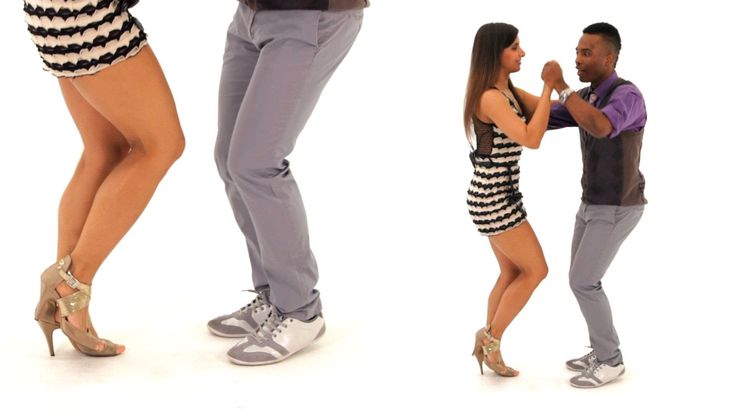 Outside, the inevitable crowd of spectators gathers, mainly young adults and children, who hover on the periphery at such ritual events." She also notes that the length of the dancing can go on as long as the next afternoon, depending on the supply of rum and the enthusiasm of the dancers.
Outside, the inevitable crowd of spectators gathers, mainly young adults and children, who hover on the periphery at such ritual events." She also notes that the length of the dancing can go on as long as the next afternoon, depending on the supply of rum and the enthusiasm of the dancers.
In a more recent study done in 2009, Amy Serrano took a closer look at Garinagu roots and influence within New Orleans. She notes that during some performances the men partake and the women watch, while others involve both men and women interacting and dancing or solely women performing. These influences can be seen in the call and response aspect of punta, as well as the dancing and playing of the instruments.
While men in the Garifuna community tend to learn their customs through informal apprenticeships in New Orleans, women consciously conserve and pass on the cultural dances and songs to the younger generations through storytelling. This continuing practice resembles the past, like when the Garifuna first arrived in Honduras and the women cultivated the homes where West African and indigenous spirituality merged with the Catholic religion into their emerging Garifuna folk expression, and above all, within family, ritual, and celebration.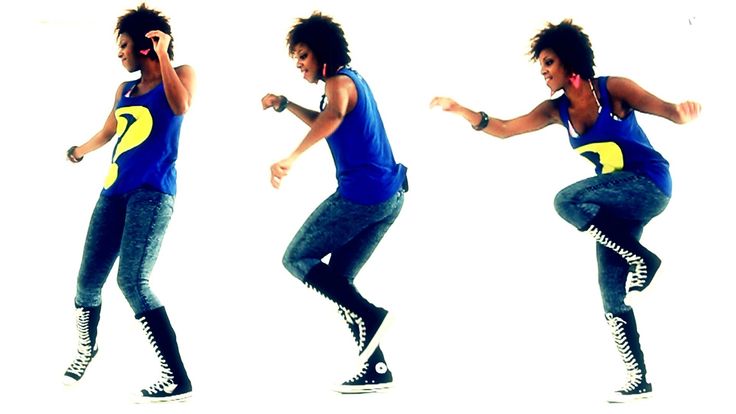 To clarify this statement from Serrano's research, "Juan M. Sambula, a former community activist from Honduras who recently came to New Orleans for reconstruction work shares the following:
To clarify this statement from Serrano's research, "Juan M. Sambula, a former community activist from Honduras who recently came to New Orleans for reconstruction work shares the following:
'For us, the women are dedicated to the children and the church because customs we have are based on the Gari tribe of Africa, mixed with Arawak. So I think that the mother's role in this case is different because she is dedicated to the children and the church while the man is dedicated to his friends.' "
Evolution and Changes In Punta
From its original context, punta has been transformed by time and modernity. Before, punta consisted of a dance between a man and woman, where they competed against each other by shaking their hips and moving their feet to the beat of a drum. This theme of sensuality and intimacy was considered inappropriate for children, who were excluded from the ritual. Now, it is much more common to see children participate and view a punta dance.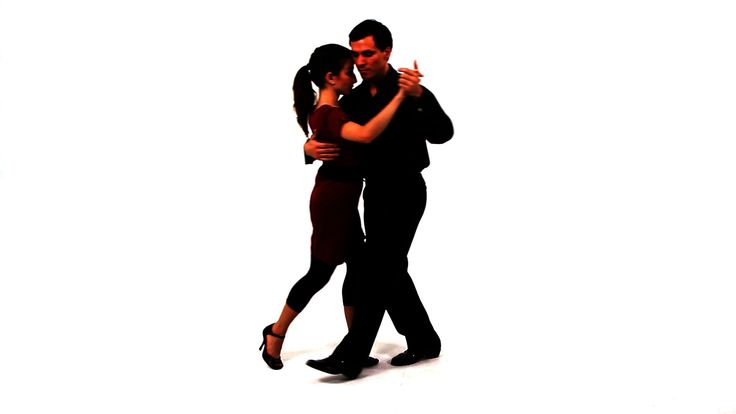 Another change that has been developing in the past century has come in the increasing role of women as singers and drummers, which were thought to be solely male roles and women were only allowed to play if there were no men available. Women have expanded their influence in punta, as well as punta rock, although punta rock does still involve more male-oriented arrangements and performances. Punta also was formally performed in ancestral celebrations and religious rituals of the recently deceased, but can now be seen in all forms of celebrations, such as birthday parties, communions, or holiday gatherings as a sense of cultural expression.
Another change that has been developing in the past century has come in the increasing role of women as singers and drummers, which were thought to be solely male roles and women were only allowed to play if there were no men available. Women have expanded their influence in punta, as well as punta rock, although punta rock does still involve more male-oriented arrangements and performances. Punta also was formally performed in ancestral celebrations and religious rituals of the recently deceased, but can now be seen in all forms of celebrations, such as birthday parties, communions, or holiday gatherings as a sense of cultural expression.
Traditional punta music was also played with two wooden drums, a conch shell, and a type of maracas. Today, acoustical and electric instruments have been added to create "punta rock", which has become a main export of the Garinagu and grown in popularity across Central America and into the United States. The duple-meter rhythm of punta is the primary basis for punta rock. Punta rock is a musical craze that began in the early 1980s and persists today among young adults in the Garifuna communities of Belize, Honduras, and Guatemala. Andy Palacio, a homegrown Belizian artist, belives that punta rock is "a mix of Garifuna rhythms with a little bit of reggae, a little bit of R&B, and a little bit of rock and roll". Although punta rock has achieved national attention for the modern Garifuna youth, it has not replaced the original punta music. Punta is believed to coexist with punta rock, and maintains its significance as the primary musical genre of social commentary
Punta rock is a musical craze that began in the early 1980s and persists today among young adults in the Garifuna communities of Belize, Honduras, and Guatemala. Andy Palacio, a homegrown Belizian artist, belives that punta rock is "a mix of Garifuna rhythms with a little bit of reggae, a little bit of R&B, and a little bit of rock and roll". Although punta rock has achieved national attention for the modern Garifuna youth, it has not replaced the original punta music. Punta is believed to coexist with punta rock, and maintains its significance as the primary musical genre of social commentary
PUNTA DANCE - ST VINCENT AND DOMINICA
Dominica
2 minutes read
Punta dance is a celebratory dance from the St Vincent and Dominica Islands in the Caribbean region. This “Latin American” dance form is said to have developed by a community called “Garifuna”. Apparently, this dance is commonly also performed in countries such as Honduras, Belize and Guatemala. The traditional music used for this dance style was first composed in 1955 in Honduras. Furthermore, the lyrics of the songs used in this dance may either be written in English, Garifuna, Criol, or Spanish.
The traditional music used for this dance style was first composed in 1955 in Honduras. Furthermore, the lyrics of the songs used in this dance may either be written in English, Garifuna, Criol, or Spanish.
a. History/origin of Punta Dance:
There was a large influx of migrants (basically slaves) from Western Africa in the St Vincent and Dominic islands around the 15th century. It was during this period that a Western African rhythm called “Bunda” (meaning buttocks in a language called Mande) became extremely popular on these islands especially among the people belonging to the “Garifuna” community. It was then for this rhythm that a dance style called “Punta” was developed.
b. Costumes used in the Punta Dance:
Since this dance is performed by both males and females the costume worn varies accordingly, and they are as follows:
1. For women:
The attire worn includes a colourful sleeveless top covering the upper body, a colourful long skirt, and a form of headgear.
2. For men:
The attire worn includes a colourful top that covers the upper body, a colourful pyjama, a pair of anklets, and a colourful and heavy headgear.
c. Music involved in the Punta Dance:
Although there are many instruments used in producing music for this dance such as bass guitars, congas etc there are two instruments belonging to the “Garifuna” community that are mainly used. They are as follows:
- Primera: Is a lead tenor drum which is used by the drummer to produce a few major rhythms required by this dance.
- Segunda: Is the bass drum which is used by the drummer to repeat a “single duple meter ostinatio” in the music played for this dance.
d. Training availability and technique involved in Punta Dance:
In terms of the technique, this dance involves rapid movements of the buttocks, hips, and feet. In addition, it also requires the dancer to maintain a motionless upper body while performing.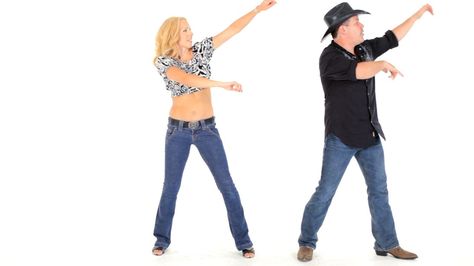 Furthermore, in this style of dancing the audience forms a circle around the performers. As for training centres/schools, there are few available especially in the United States of America for those interested in this “unique” style of dancing.
Furthermore, in this style of dancing the audience forms a circle around the performers. As for training centres/schools, there are few available especially in the United States of America for those interested in this “unique” style of dancing.
image credit
e. Punta Dance Videos:
Jonathan Larios teaching the Punta DanceHonduran girls doing the Latin-American Garifuna Punta DanceÓnice Flores doing the Punta dance(Official Choreography) Kazzabe – La Parranda (Sei Sei Bei) Punta de Honduras 2019Just Being Garifuna – Punta Dance TutorialViews: 462
PUNTA- ST VINCENT AND DOMINICA
Merengue dance in the Dominican Republic: how to dance, features
Home » What to see
What to see
Author Antonina Reading 2 min Views 628 Updated
Passionate and incendiary rhythms of Latin America are known all over the world. One of the popular dances, which is adored by the inhabitants of the mainland, originated in the Dominican Republic. But no one knows exactly where the merengue dance originated from. Here are just a few suggestions:
- Dominican composer Juan Bautista Alfonseque composed the melody for dance in the middle of the 19th century. Music fell in love with the inhabitants of the country and in accordance with it a dance arose;
- a similar tune sounded when the Dominican troops defeated Haiti in a fair fight. The soldiers, hearing the triumphal music, immediately began to dance a simple dance;
- in the Cuban upa habanera dance there is a movement called "merengue". Over time, the Dominicans mastered the movement and, based on it, came up with their own dance;
- The dance was invented by slaves. They were bound with chains so that they were forced to walk with their legs outstretched.
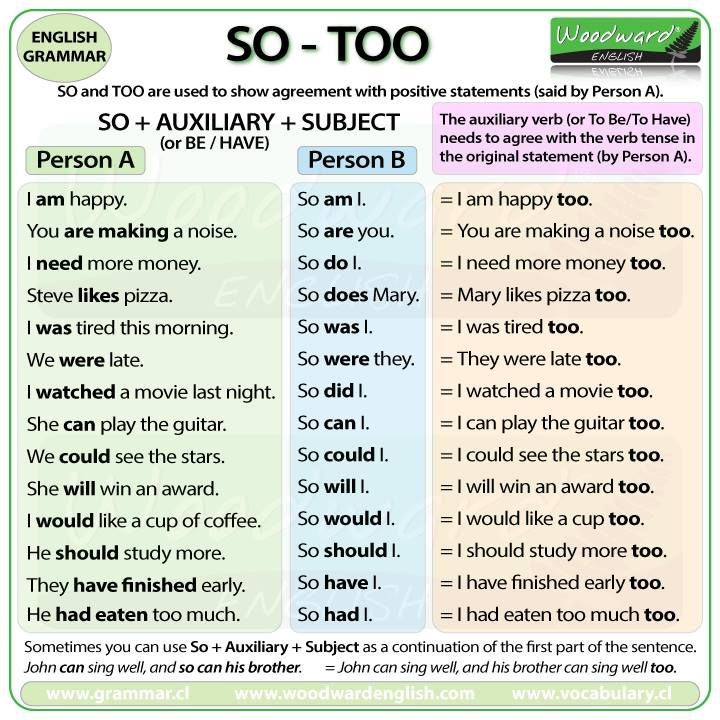 The same movement exists in the national dance;
The same movement exists in the national dance; - one of the heroes of the Dominican revolutions was wounded in the leg during a demonstration. However, the locals revered the hero. When they saw his lameness, they also began to imitate the idol.
Like many Latin American pair dances, the merengue turned out to be passionate and erotic. However, this dance differs from other Latin dances in a lighter presentation. All movements are based on flirting and improvisation. It is not so important for partners to make movements technically correct and synchronously. It is much more important to convey your feelings to the audience. Sometimes it even requires solo elements.
However, the main movements and rules of the dance can be distinguished. The first and most important movement is a walking step to the beat of the music. There can be several such steps, at the request of the partners. For beginner dancers, only the continuation of this walking step causes difficulties: after it, you need to smoothly move in the opposite direction, to the right.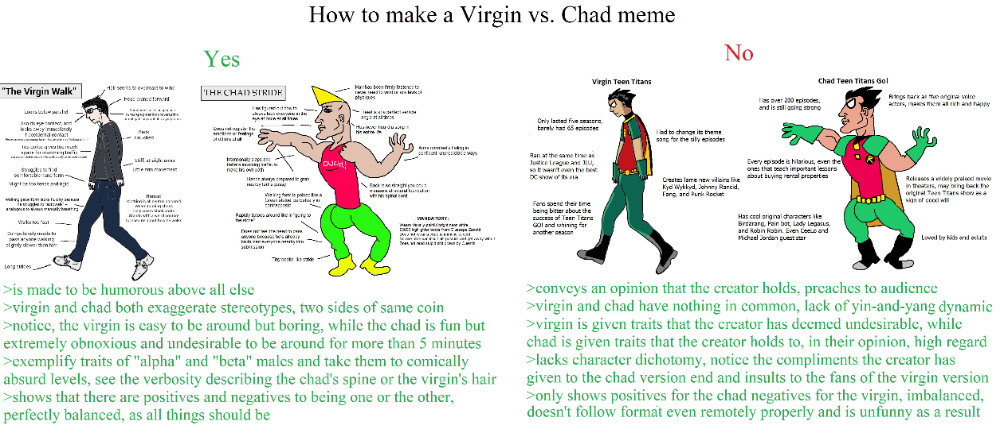
The step is complemented by a large number of figures: the body, hips and shoulders of each partner constantly rotate. The position of the partners relative to each other is similar to a waltz: from it the dancers make turns clockwise or counterclockwise and “paso de la empalizada”. Another distinctive feature of the dance is that the dancers are constantly in physical contact. Even if the elements are solo and require some kind of personal space, the dancers always hold hands. In Latin American versions of merengue, partners cannot even move away from each other: throughout the dance, the bodies are tightly pressed against each other.
Dominican dances
Sun, sea and incendiary rhythms, from which the legs themselves start dancing - that's it - the hallmark of the Dominican Republic. Music sounds literally everywhere here, and incendiary dances in the Dominican Republic are an indispensable attribute of life.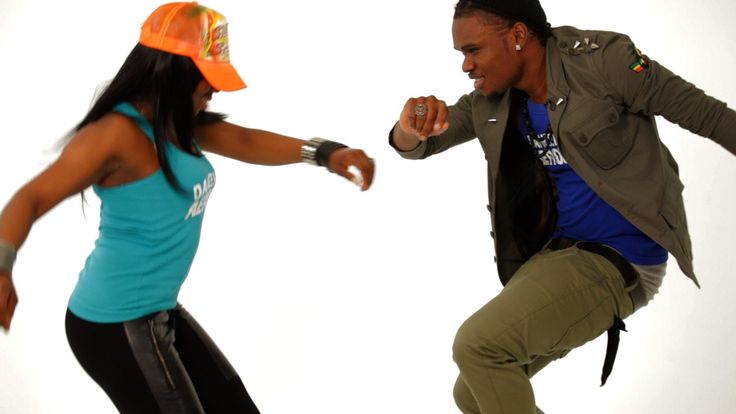 They dance a lot here, from the heart and with pleasure, and the diversity of the local musical culture surprises all the guests of this wonderful country.
They dance a lot here, from the heart and with pleasure, and the diversity of the local musical culture surprises all the guests of this wonderful country.
The groovy melodies of the sunny Dominican Republic, having absorbed the traditional rhythms of Haitian, African American, Cuban and Spanish music, have acquired their own unique sound, fully revealing the positive, free and cheerful character of the locals. The most popular dances in the Dominican Republic are also influenced by a bizarre mixture of folk traditions. They are distinguished by their speed, and their fervor and dynamism conquer the hearts of people year after year, making them fall in love with the uniqueness of tropical rhythms and plasticity of movements without memory.
The Dominican Republic is a place that cannot be imagined without dancing. Music is heard in the capital and provinces, on the beaches, in bars and just on the street. Impossible to resist! Once - and the body is already moving, making rhythmic steps to the beat of sounding motives. Can't dance? Not scary! It is enough to attend classes at local schools that offer their students to learn the basics of Latin American dances, which are so popular in our time. By the way, all the dances that are performed at Dominican discos are social. They can be seen not only as a form of art, but also as an excellent means of communication between people, and each of them is interesting in its own way.
Can't dance? Not scary! It is enough to attend classes at local schools that offer their students to learn the basics of Latin American dances, which are so popular in our time. By the way, all the dances that are performed at Dominican discos are social. They can be seen not only as a form of art, but also as an excellent means of communication between people, and each of them is interesting in its own way.
Bachata.
Like most local pair dances, bachata is very beautiful and dynamic. Originating in the poor areas of the Dominican Republic in the 60s, it has come a long way and gained popularity not only at home, but throughout the world. Bachata can now be seen and heard almost anywhere in the world. There are no overly complex steps and movements in it, but there is lightness and energy. A relatively small number of steps and elements is compensated by the plasticity of the partners' bodies, the softness of the lead, the close distance of the dance, and much attention is paid to the movement of the legs.-Step-18.jpg/aid1640374-v4-728px-Shuffle-(Dance-Move)-Step-18.jpg) All this creates a unique brightness and romance. In discos, people like to dance bachata because of its incendiary nature, and you can learn it both in the Dominican Republic and at home in your homeland.
All this creates a unique brightness and romance. In discos, people like to dance bachata because of its incendiary nature, and you can learn it both in the Dominican Republic and at home in your homeland.
Marengue.
Speed, unique charm and perky rhythm are the three main characteristics of merengue - Dominican folk dance. Dominicans dance it at festivals and during carnivals, at discos in bars and on the beaches, and sometimes just on the street. Rapid movements of the hips, legs, shoulders and arms, combined with a simple rhythmic pattern and small steps, give it a lightness and ample room for improvisation. This is a game and fun in which you definitely want to participate, succumbing to the general joy of people dancing around.
Salsa.
Burning, like spices, and multi-component, like the sauce of the same name, salsa has firmly won the hearts of people around the world. Clockwork parties and beach discos with tropical rhythms are perfect for salsa.